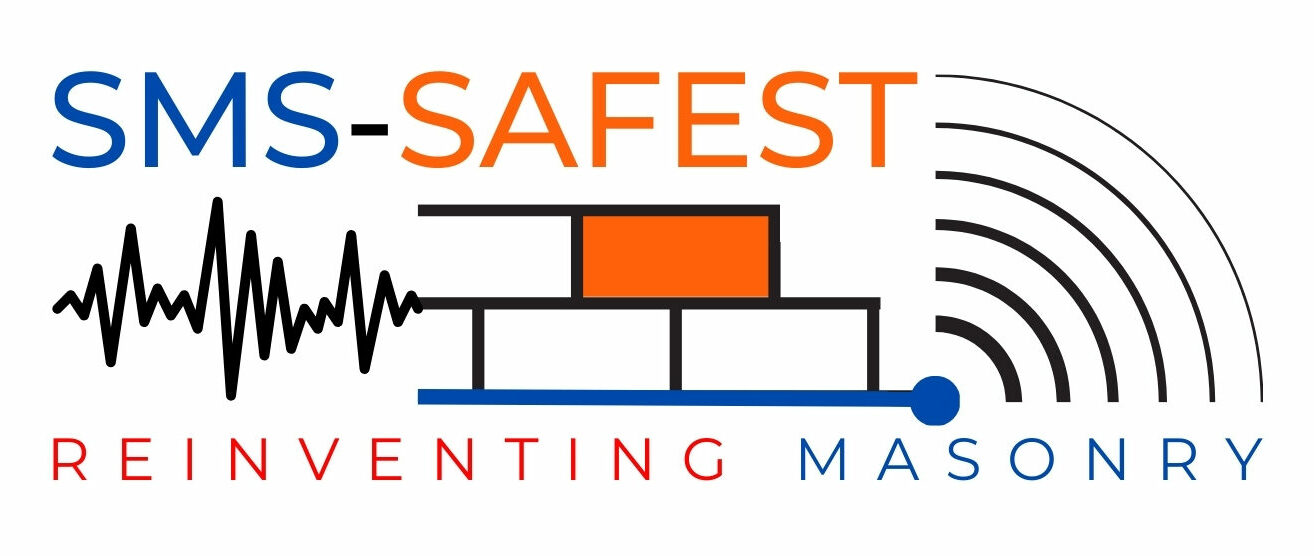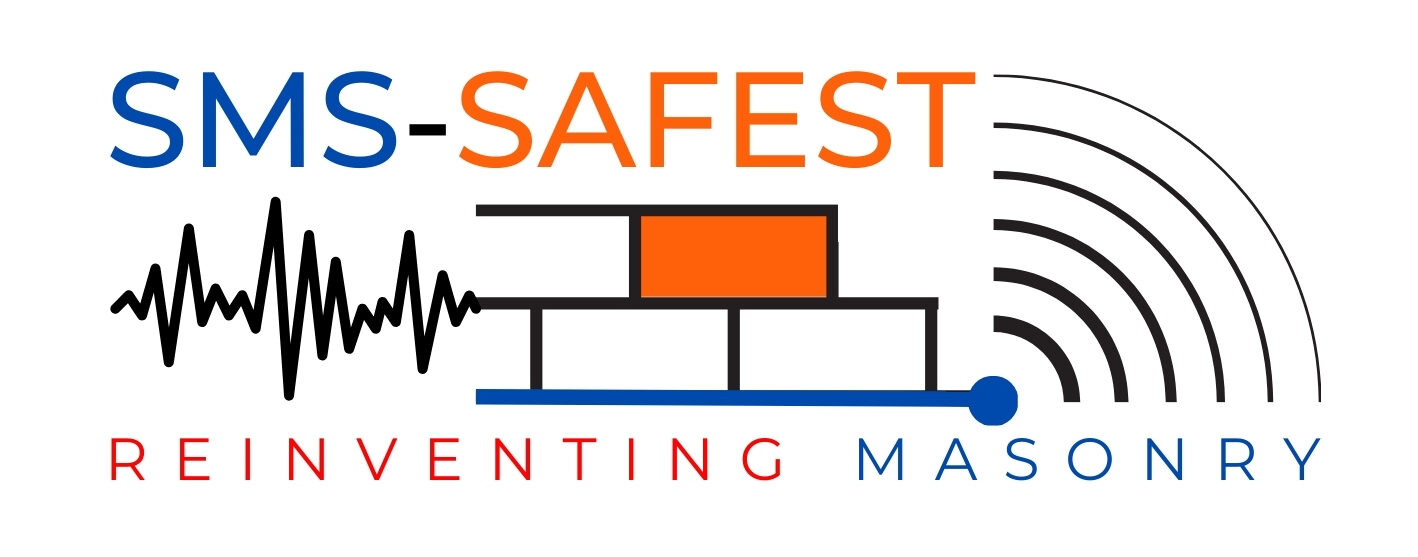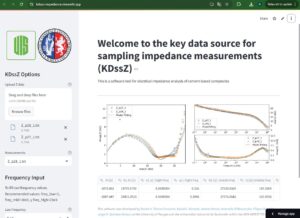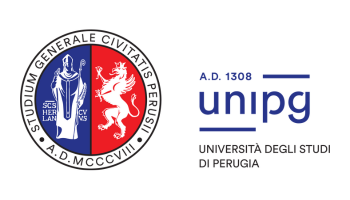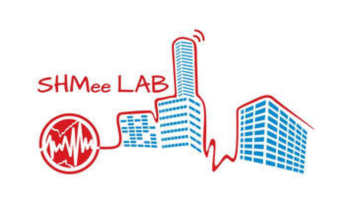MOVA/MOSS SHM
MOVA and MOSS are two comprehensive software solutions designed for the integral Structural Health Monitoring (SHM) of structures. Originally developed in the MATLAB environment, both have recently been upgraded to standalone C++ versions.
MOVA is a software tool for Operational Modal Analysis (OMA) and includes a variety of system identification techniques such as Frequency Domain Decomposition (FDD), Data-driven Stochastic Subspace Identification (DATA-SSI), Covariance-driven Stochastic Subspace Identification (COV-SSI), polyreference Least Squares Complex Frequency-domain (p-LSCF), Eigensystem Realization Algorithm (ERA), and blind source separation. Its intuitive graphical user interface (GUI) allows users to animate complex mode shapes, generate stabilization diagrams, conduct clustering analysis, and export diverse data and graphics options.
MOSS, on the other hand, is designed for automated OMA and damage detection in SHM. The software can automatically manage data recordings of ambient vibrations and environmental variables. It also includes multiple regression models for damage identification and a package for surrogate modeling.
Software KDssZ version 1.0
KDssZ has been developed as part of a new approach to study the electrical properties of smart construction materials. This approach allows users to correlate electronic interactions among the composite-electrodes, cement, fillers, and pores with the measured electrical impedance, analyzed across high, medium, and low frequency ranges. Furthermore, KDssZ has been deployed on the Streamlit platform. Although the software has been validated with impedance measurements from smart construction materials such as smart bricks and cement mortar. The web app also follows open science principles to enable further research on cement-based composites. The library and data are free available on Github.
The Github repository contains:
- The Python module called KDssZ.py contains the algorithms to optimize the electrical impedance measurements.
- The Python module called appZ.py contains the code to deploy the application on the Streamlit platform.
- All data acquired during the experimental campaign is located in this repository.
- The Figures folder contains an image describing the lumped circuit model.
Contact information:
For support, comments, or suggestions about KDssZ, feel free to contact danielandres.trianacamacho@unipg.it.
